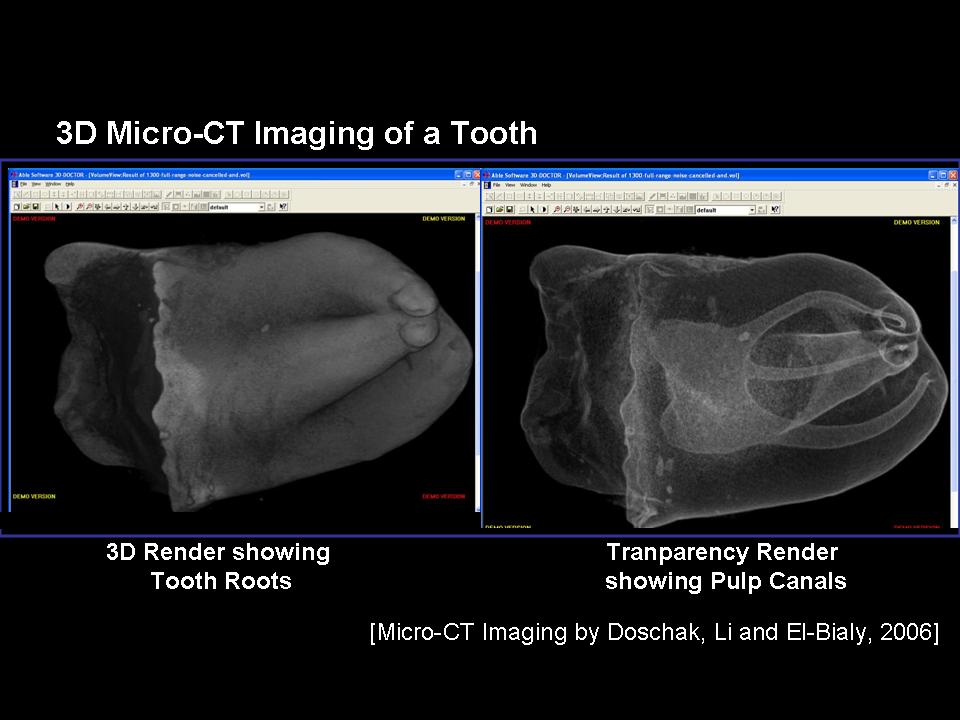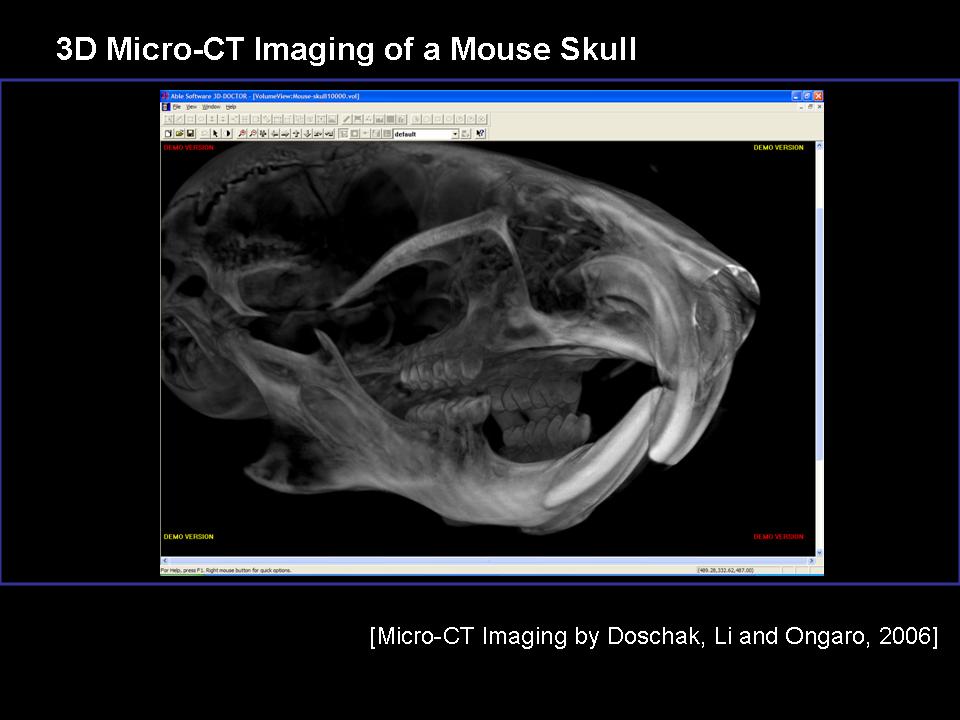Research Areas
1. Pharmaceutical Orthopaedic Interventions
The primary area of research at the PORL concerns bone adaptation after pharmaceutical intervention. Approved pharmaceutical modalities for the prevention and treatment of bone loss are termed "antiresorptive" and/or “anabolic” therapy. Both of these approaches lead to a slowing of the rate of bone resorption, an increase in bone quality, and the reduction of clinical fractures or inflammatory erosions.
Investigations that employ antiresorptive strategies include using bisphosphonate drugs and/or peptide biologics (e.g., osteoprotegerin) to inhibit bone remodeling and maintain bone micro-architecture during the early, acute response in situations of osteopenia – with the potential to conserve long-term bone function and joint health.
Our published research with bisphosphonates has shown significant effects in conserving periarticular bone, and preliminary results are favourable for establishing clinical research trials to evaluate effective antiresorptive therapeutic interventions early after joint trauma. Our future research goals are to conduct pharmaceutical research aimed at novel drug discovery “in-silico” (i.e., computer-based drug design) to discover the next generation of pharmaceuticals that will build stronger bone in our aging Canadian population.

Read more about our microCT suite >>....
3. Orthodontics & Biomaterials
The PORL has embarked on several collaborative research projects with the emerging Orthodontic team at the U. of Alberta (Drs. Major, Flores-Mir, and El-Bialy), which co-habit the same building on campus with Pharmacy and Pharmaceutical Sciences. This research group is currently in the data acquisition phase of an established clinical trial involving the use of paramedial palatal implants, where they non-destructively assess the implant osseointegration following removal of the post with attached bone fragments. This group is further interested in the quantitative assessment of orthodontic materials (including tissue-engineered costochondral constructs), and clinical solutions that limit periodontal bone loss during orthodontic manipulations – a critical health concern for Dentistry.
Further collaborative research with Dentistry involves Dr. Ivano Ongaro, a clinical professor involved with basic investigations into studies of tooth development, tooth whitening agent effects on mineralized enamel, and periodontal bone loss in animal models. Thus, this interdisciplinary collaboration between the PORL and the Faculty of Dentistry provide an excellent research environment and the opportunity for technological development to directly improve the health care of patients.

A strong biomaterials research group is developing at the University of Alberta with the Department of Chemical & Materials Engineering (CHE), the interdisciplinary Department of Biomedical Engineering (BME), and the newly emerging National Institute for Nanotechnology (NINT).
Collaborative research between the PORL and Dr. Hasan Uludag at CHE centers on anabolic and antiresorptive bone peptide biologics (e.g., the bone morphogenic proteins, basic fibroblast growth factor, osteoprotegerin [OPG]) and their pharmaceutical delivery to bone. To this end, he has developed drug delivery technology utilizing “bone-seeking” bisphosphonate drugs as a platform for conjugation of specific peptides – resulting in the increased delivery and retention of the peptide biologic to bone after systemic administration. Ongoing research at the PORL is trying to assess the anabolic effects of bisphosphonate-conjugated therapeutics “in-vivo” over the course of therapeutic intervention. It would provide the necessary “proof-of-principle” for developing and transferring this technology to relevant pharmaceutical industry – with an aim for improving the skeletal health of patients with bone diseases such as osteoporosis, rheumatoid arthritis, and osteopenia secondary to glucocorticoid therapy or renal insufficiency.

View our recent research trip to the national Canadian synchrotron facility (Canadian Light Source, CLS -- in Saskatoon, at the University of Saskatchewan)

Read more about our CLS trip on " Knee Knockings " of Alberta OA Team >>....
ResultsGallery


